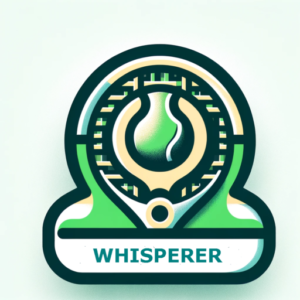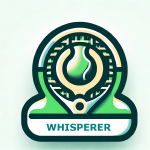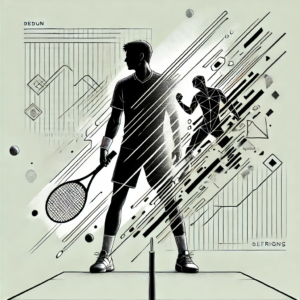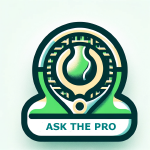Why UTR Ratings Hinder Junior Tennis Development
The Universal Tennis Rating (UTR) has gained widespread use as a ranking system for players at all levels, including juniors. While it offers a global platform for tracking performance, it also presents challenges that may negatively impact the development of young players.
Here’s why UTRs are counterproductive for junior tennis development:
1. Shifts Focus from Development to Winning
UTR often encourages players to prioritize winning matches over improving their overall game. To protect or boost their ratings, juniors may shy away from working on weaker areas and instead focus on strategies that yield immediate results. This short-term mindset can hinder the long-term growth needed to develop into a complete player.
2. Selective Competition and Match Avoidance
Some juniors strategically avoid playing against opponents with lower UTRs to prevent a drop in their rating. This results in fewer competitive opportunities and less match experience. By limiting who they compete against, young players miss out on valuable learning moments and the chance to adapt to different styles of play.
3. Increased Pressure and Burnout
UTR can create unnecessary pressure on juniors to consistently perform at a high level to maintain or improve their rating. This constant need for high performance may lead to anxiety, stress, and even burnout. Tennis at the junior level should be about development and enjoyment, not about feeling like every match is a high-stakes rating game.
4. Winning Over Skill Development
To maximize their UTR, juniors may rely on winning rather than focusing on building a well-rounded skill set. This early emphasis on results can lead to over-reliance on specific strategies, like heavy baseline play or big serves, at the expense of mastering other important aspects of the game, such as net play, variety in shot selection, and mental toughness.
5. Overemphasis on Rankings at a Young Age
UTR puts rankings front and center, which can cause players, parents, and coaches to fixate on ratings rather than on actual progress. Development is not a straight line—there will be setbacks and breakthroughs. Focusing too much on rankings overlooks the importance of long-term growth, resilience, and skill acquisition that doesn’t always reflect immediately in match outcomes.
6. Discourages Late Developers and Young Players
Juniors who are just starting to compete may struggle with a low UTR, making it difficult to participate in higher-level events. This can demotivate players who might otherwise flourish, particularly those who develop later. It can create a discouraging environment for young players if they feel their rating limits their opportunities.
7. Stifles Match Experimentation
To truly develop, juniors need to experiment with different strategies and techniques during matches. However, the fear of losing UTR points can lead players to adopt a cautious, risk-averse style of play, limiting their tactical and technical growth. Matches should be seen as opportunities for learning and development, not just preserving a ranking.
While UTR offers a structured rating system, its application in junior tennis can create an environment focused more on results than on growth.
For young players, the emphasis MUST be on improving skills, gaining experience, and enjoying the process.
Tennis is a long journey, and juniors need the freedom to experiment, take risks, and develop at their own pace—without the constant pressure of protecting a rating.
Reducing the focus on UTR in junior tennis could foster a more supportive and balanced approach to long-term player development.





